 Part Machining / Mould
Part Machining / Mould Sheet Metal / Hand Plate
Customize&Volume Production
 English
English
 Part Machining / Mould
Part Machining / Mould  English
English

01 Preface
If we separate mold injection molding to understand, "mold" is the core component of the mold injection molding process, including mold design and manufacturing; "injection molding" refers to the injection molding process, which mainly includes five steps: melting plastic, injection molding, cooling and solidification, mold opening and closing and demoulding, post-processing.

02 Melting plastic
Molten plastic is to heat plastic particles or pellets to a molten state to form molten plastic that can be injected. Here are some common types of molten plastic:
1. Polypropylene (PP): Polypropylene is a commonly used molten plastic with good stiffness, strength and chemical resistance. It is widely used in household products, auto parts, packaging containers and other fields.
2. Polyethylene (PE): Polyethylene is a molten plastic with good toughness and impact resistance. Depending on density, polyethylene can be divided into high-density polyethylene (HDPE) and low-density polyethylene (LDPE). They are widely used in plastic bags, water pipes, containers and other products.
3.Polyvinyl chloride (PVC): Polyvinyl chloride is a molten plastic with good weather resistance and chemica lstability. It is widely used in construction, wires and cables, pipes, window frames and other fields.
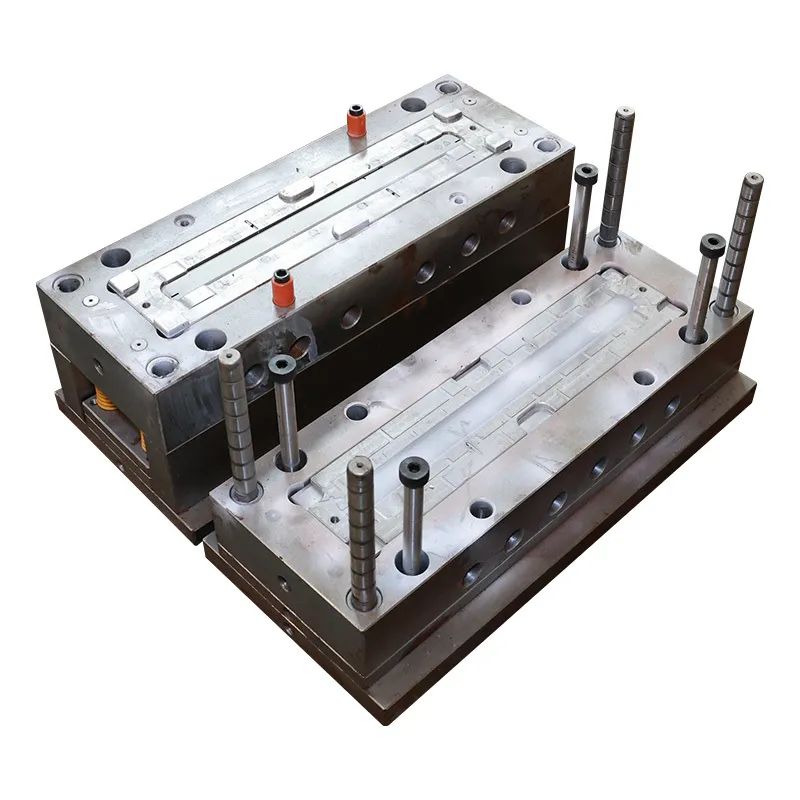
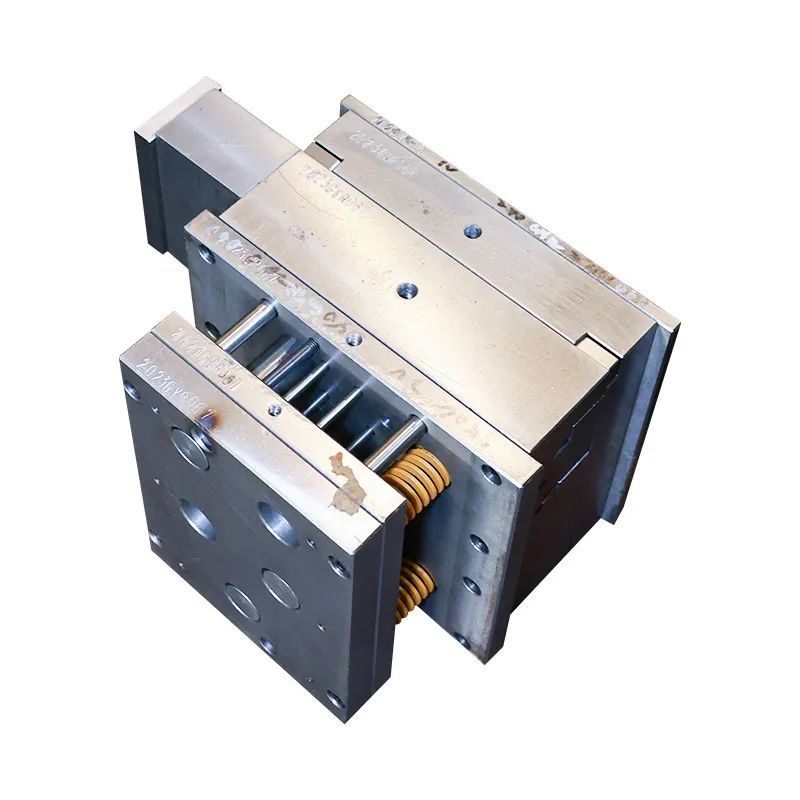
03 Injection molding
Injection molding is usually performed using an injection molding machine. The following is the basic process of injection molding:
1. Injection stage: Once the plastic is completely melted, the screw of the injection molding machine begins to rotate, pushing the molten plastic from the injection barrel into the cavity of the mold. This process is usually accomplished by pushing the screw and applying pressure.
2. Pressure Holding Phase: Once the plastic fills the entire mold cavity, the injection molding machine applies a certain amount of pressure to keep the plastic fully filling the details and cavities of the mold. This pressure holding stage helps ensure the tightness and accuracy of the plastic.
3. Cooling phase: During the pressure holding period, the mold cools and solidifies the plastic through a cooling system or other cooling method. Cooling time depends on the type and thickness of the plastic. After cooling, the plastic hardens and retains the shape of the mold.
4. Mold opening and demoulding: After the plastic is completely solidified, the mold is opened and the finished product is removed from the mold. This process may involve separation of the mold, the use of ejection mechanisms or other demoulding devices.
Injection molding has the advantages of high efficiency, precision, and mass production, and is widely used in various industries, including automobile manufacturing, electronic equipment, household appliances, packaging, medical equipment, etc. It can produce plastic products of various shapes and sizes, from small items such as fasteners and switches to large items such as auto parts and home appliance casings.

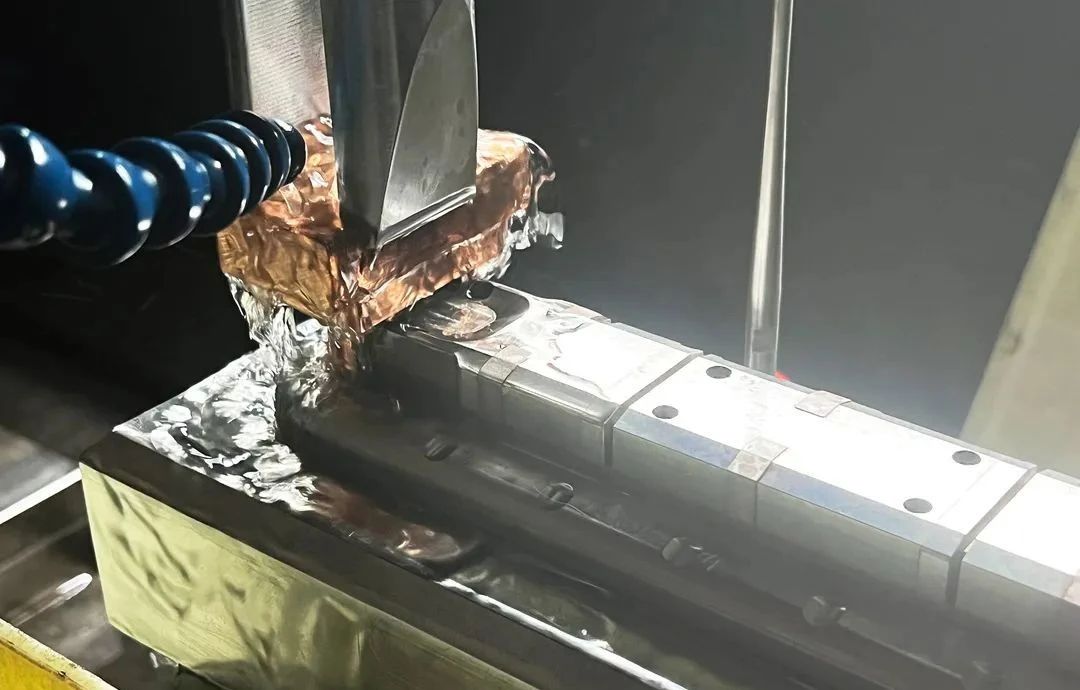
04 Cooling and Curing
Cooling is a critical step in injection molding, which helps to cool and solidify the molten plastic into the desired shape. The cooling and solidification phases usually follow the plastic filling and pressure maintenance phases. Here are detailed instructions for cooling and curing:
1. Cooling system: Injection mold is usually equipped with a cooling system, including water or oil cooling channel. These channels are located in the core of the mold and in the cavity wall, such as the cooling medium, to absorb the heat of the plastic and accelerate its cooling process.
2. Cooling time: Cooling time depends on factors such as the type, thickness and shape of the plastic. Typically, the injection molding machine maintains pressure for a period of time after the plastic is filled to ensure that the plastic fully fills the details and cavities, and cools during this time. The cooling time is generally determined based on experience and mold testing. Mold flow analysis can also be performed and the optimal cooling time can be obtained through computer simulation.
3.Curing process: With the cooling, the molten plastic gradually transitions from hot to solid state. The c uring process of plastic involves the rearrangement and cross-linking of molecular structures, in which the plastic gradually stiffens, stabilizes, and maintains the desired shape.
4.Special cooling technology: For some special plastic materials and complex mold structures, special cooling technology may be required. For example, auxiliary devices such as gas cooling, cooling nozzle and cooling nozzle can be used to speed up the cooling speed and optimize the curing effect.
5.Quality control: The cooling and curing processes have an important impact on the quality of the final product. Appropriate cooling time and cooling method can avoid shortening, warping, melting trace and other problems. Quality control includes monitoring and adjustment of cooling time and cooling system to ensure the product has consistent size, shape and physical performance.
Through proper cooling and curing process, injection molding can produce high quality and high precision plastic products. Optimized cooling system and proper cooling time can improve production efficiency and product quality, ensuring the stability and consistency of plastic products.
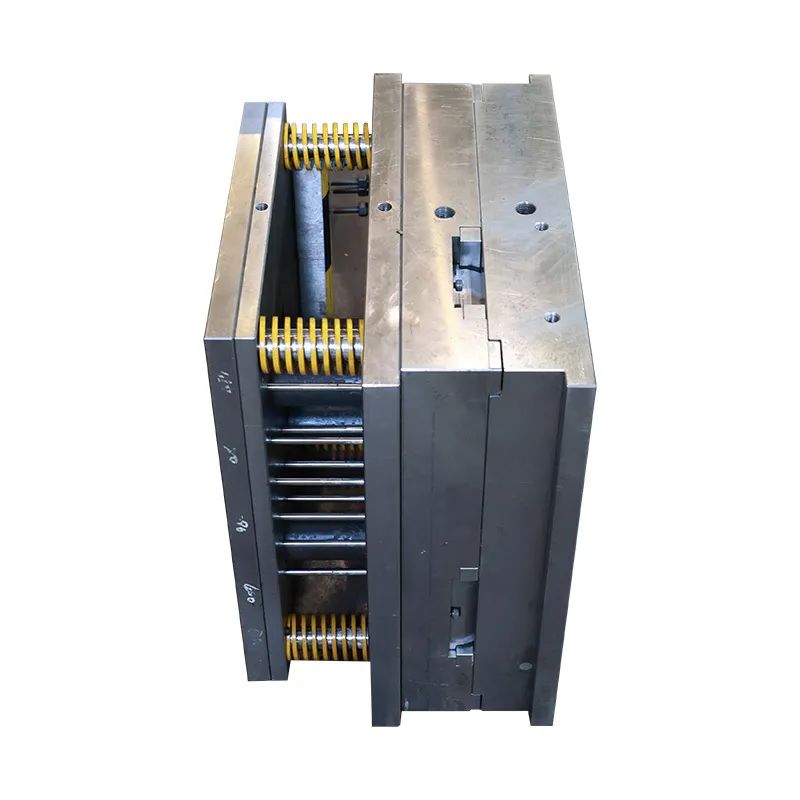
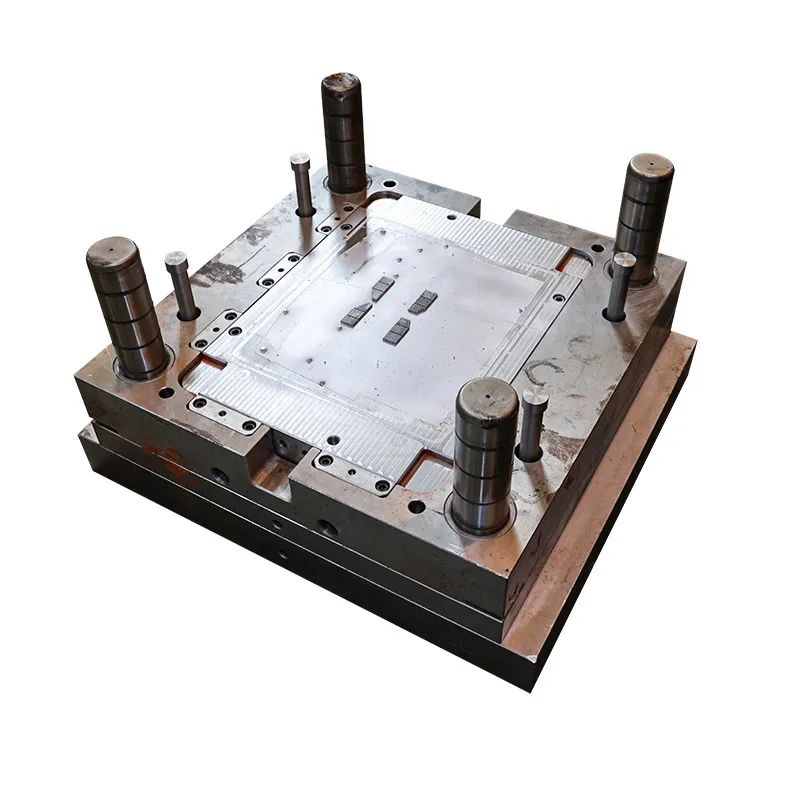
05 Mold opening, closing and demoulding
When the plastic is cured, the mold will open, and the formed plastic products are released from the mol d. The following is a detailed description of the opening and closing of the mold.
1. Mold structure: Injection molds usually consist of two or more mold plates, one of which is a fixed template (fixed on the injection molding machine) and the other is a movable template (movable). The mold plates are connected through a mold opening and closing device to realize the opening and closing operation of the mold.
2. Mold opening and closing device: The mold opening and closing device is usually controlled by the mechanical structure or pneumatic mechanism of the injection molding machine. They open the mold by pushing the movable template and the fixed template apart to facilitate demolding.
3. Ejection device: After the mold is opened and closed, the ejection device is used to take out the molded plastic products from the mold. The demoulding device can be an ejection pin, a core pulling mechanism, a suction cup, a mechanical arm, etc. Depending on the shape and size of the product, select the appropriate demoulding device to ensure smooth demoulding.
The opening, closing and demoulding process of the mold requires careful operation to ensure the integrity of the plastic product and the normal operation of the mold. Accurate mold opening and closing and appropriate demoulding devices can improve production efficiency and ensure consistent product quality and size.
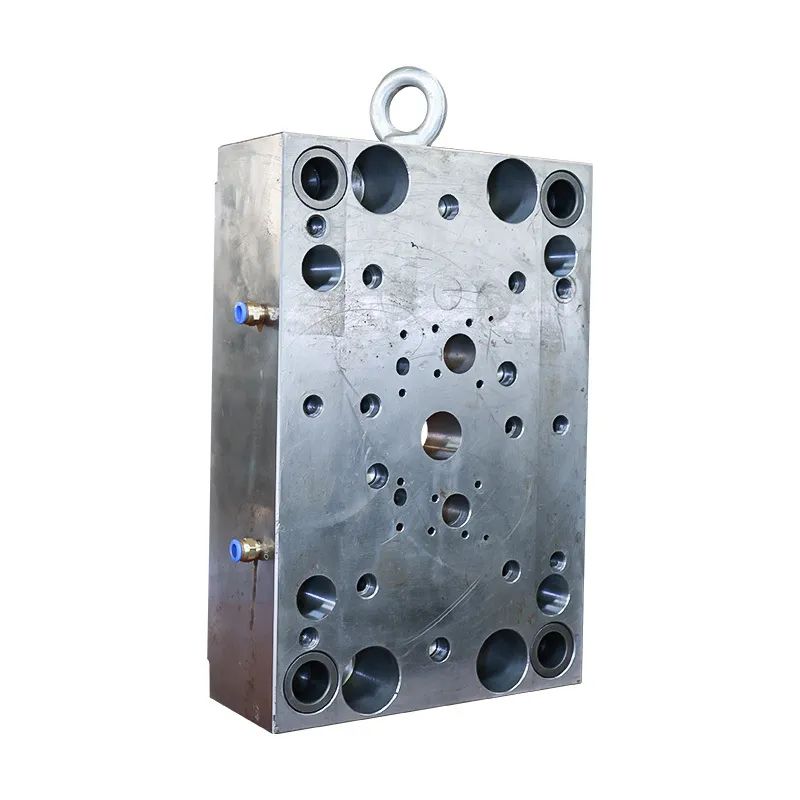
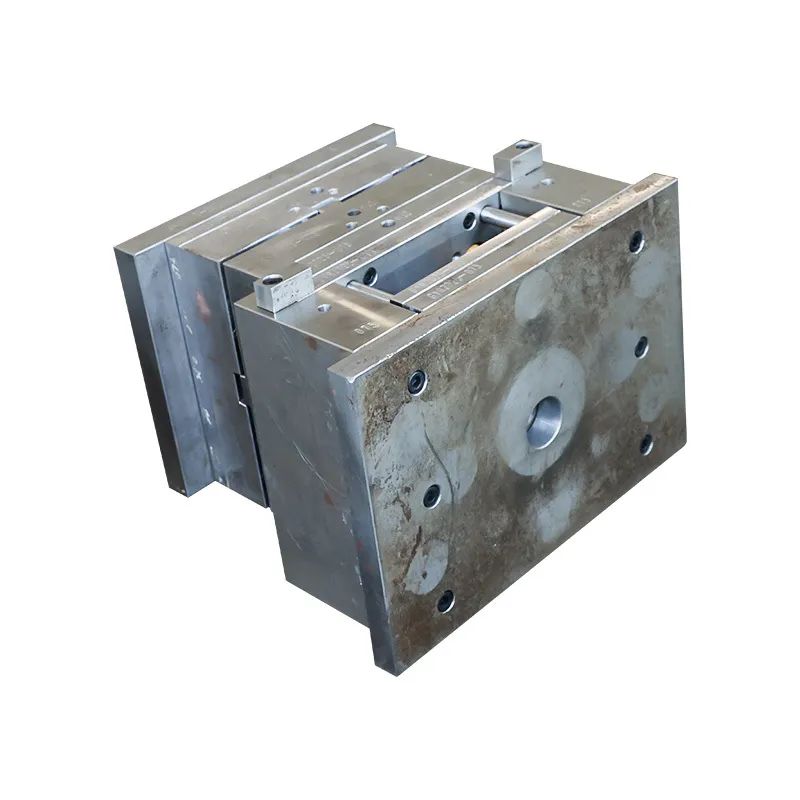
06 Post-processing
After the injection molding process, some post-processing steps are often required to further improve the quality and functionality of the plastic product. Post-processing can include the following aspects:
1.Flash removal: During the injection molding process, some excess flash or burrs may be produced. De-flashing is the removal of these excess plastic materials by hand or automated equipment to give the product a smoother and neater appearance.
2. Grinding and polishing: Some plastic products may require grinding and polishing to eliminate unevenness or imperfections on the surface and achieve a higher finish and appearance.
3.Painting and Printing: Certain plastic products require painting or printing to increase their visual appeal, logo and brand recognition. This can be achieved by spraying, silk screen printing, thermal transfer printing and other methods.
4.Assembly and assembly: For plastic products that require the assembly of multiple parts, post-processing may involve assembly and assembly. This involves joining different parts together, using glue, screws or other joining methods to assemble.
5.Inspection and Quality Control: Post-processing also includes inspection and quality control of the finished product to ensure it meets specifications and requirements. This can be done through visual inspection, dimensional measurements, functional testing, etc.
6.Packaging and Labeling: The final step is to package and label the plastic product for shipping, storage and sale. Proper packaging and labeling protects products from damage and provides necessary information and warnings
These post-processing steps may vary depending on the specific product and requirements. Before post-processing, the design and functional requirements of the product need to be carefully considered and ensure that the post-processing step will not affect the performance and quality of the product.

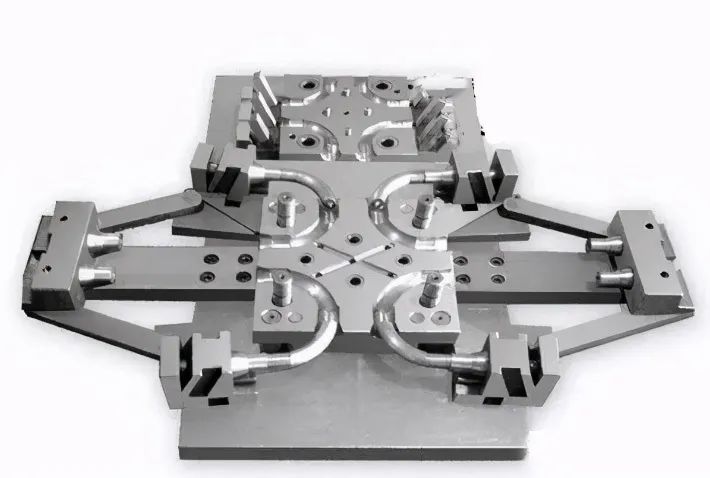
07 Quality pursuit, Industrial-Man have something to say
Thus it can be seen that mold injection molding processing is a process and complicated and refined process, any process needs systematic equipment as a carrier, with the skills of the technical master, to make the perfect product possible. As for mold injection molding, industrial people have the strength to become your first choice. Our company has a mold team of 45 people. The company has purchased several sets of professional mold injection molding equipment such as double-head precision EDM, which can independently produce fast soft steel molds and other molds. Ten years like a day, our company adhere to the continuous breakthrough in forward-looking technology, in the quality of excellence, the pursuit of active communication with peers, win-win competition, more sincerely invite with the majority of customer groups to become partners!
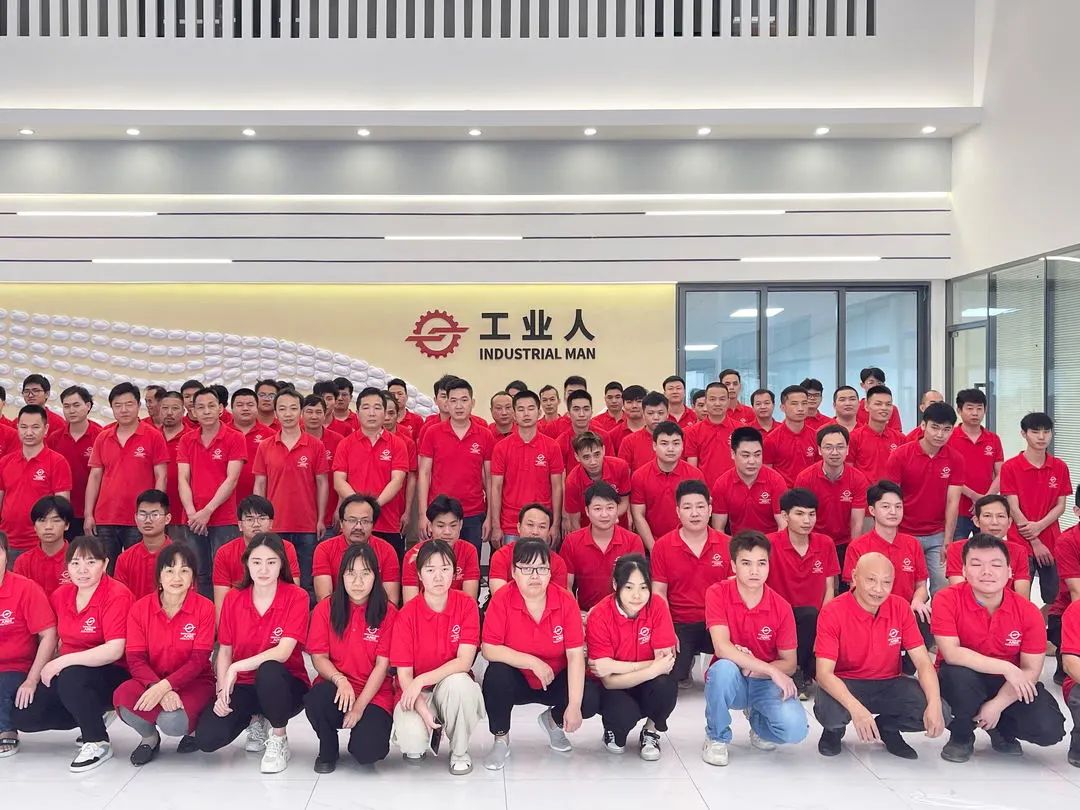
Tel.: 13602550056
Service hotline: 0755-81734556
Company email address: gyr@vip.163.com
Company address: D, E, F, G, 1,19th Floor, Ruijun Building, No.108, Shanghai Community Center Road, Xinqiao Street, Bao'an District, Shenzhen
Humen Factory address: Building 6, No.9, Pujiang Road, Daning Community, Humen Town, Dongguan City
Hubei factory address: No.2, Optical Valley Avenue, Tieshan District, Huangshi City, China, Hubei Province
